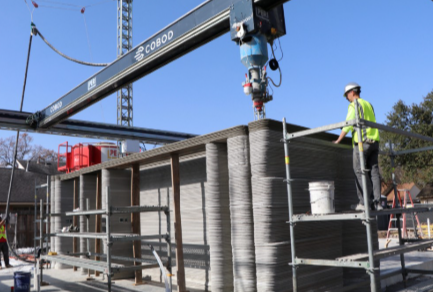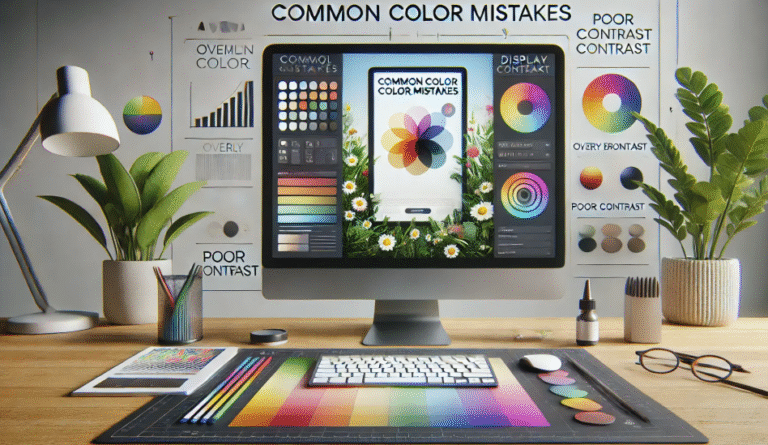How 3D Printing Will Change the Future of Construction
3D printing is set to transform the construction industry by enhancing efficiency and reducing costs. Its ability to minimize material waste and facilitate intricate designs presents a paradigm shift from traditional construction methods. As the sector navigates various challenges, innovative applications are emerging. The integration of sustainable practices will further reshape industry standards. This evolution raises critical questions about the future landscape of construction technology and the potential for new business models. What lies ahead?
The Advantages of 3D Printing in Construction
As the construction industry seeks to innovate and enhance efficiency, 3D printing emerges as a transformative technology that offers significant advantages.
This method promotes cost efficiency by minimizing material waste and labor expenses, while also allowing for unprecedented design flexibility.
Architects can explore complex geometries and customized structures, thus liberating creative potential and enabling projects that were previously considered impractical or economically unfeasible.
Read more: The Impact of Machine Learning on Predictive Healthcare
Overcoming Industry Challenges With 3D Printing
While 3D printing presents numerous advantages in construction, the industry still faces significant challenges that must be addressed to fully leverage this technology.
Key obstacles include regulatory hurdles, material limitations, and the need for skilled labor.
Innovative Applications of 3D Printing in Architecture
Although traditional construction methods have long dominated the industry, innovative applications of 3D printing in architecture are rapidly transforming design and building practices.
This technology enables architects to create customized designs tailored to specific needs, while also utilizing sustainable materials that minimize environmental impact.
The Future Landscape of Construction Technology
The architectural innovations driven by 3D printing are merely a precursor to the broader evolution of construction technology on the horizon.
As digital transformation reshapes the industry, integrating sustainable practices will become paramount. Advanced robotics, AI, and material science will converge, enabling unprecedented efficiency and reduced waste.
This future landscape promises to liberate construction from traditional constraints, fostering creativity and environmental stewardship.
Conclusion
In a world where construction has long been synonymous with bricks and mortar, the advent of 3D printing ironically suggests that the future may be built not from traditional materials, but from layers of ingenuity and innovation. As the industry grapples with efficiency and sustainability, it is fascinating that what was once deemed impractical is now poised to redefine the very foundations of construction. The irony lies in the fact that the future of building may be crafted from the digital realm, not the physical.





